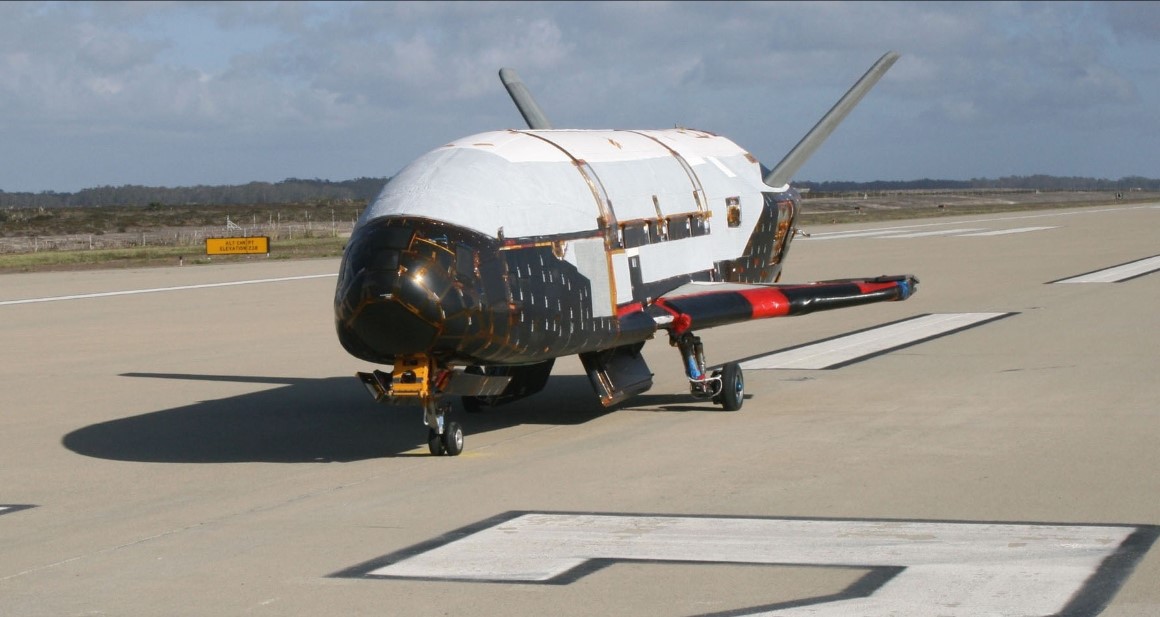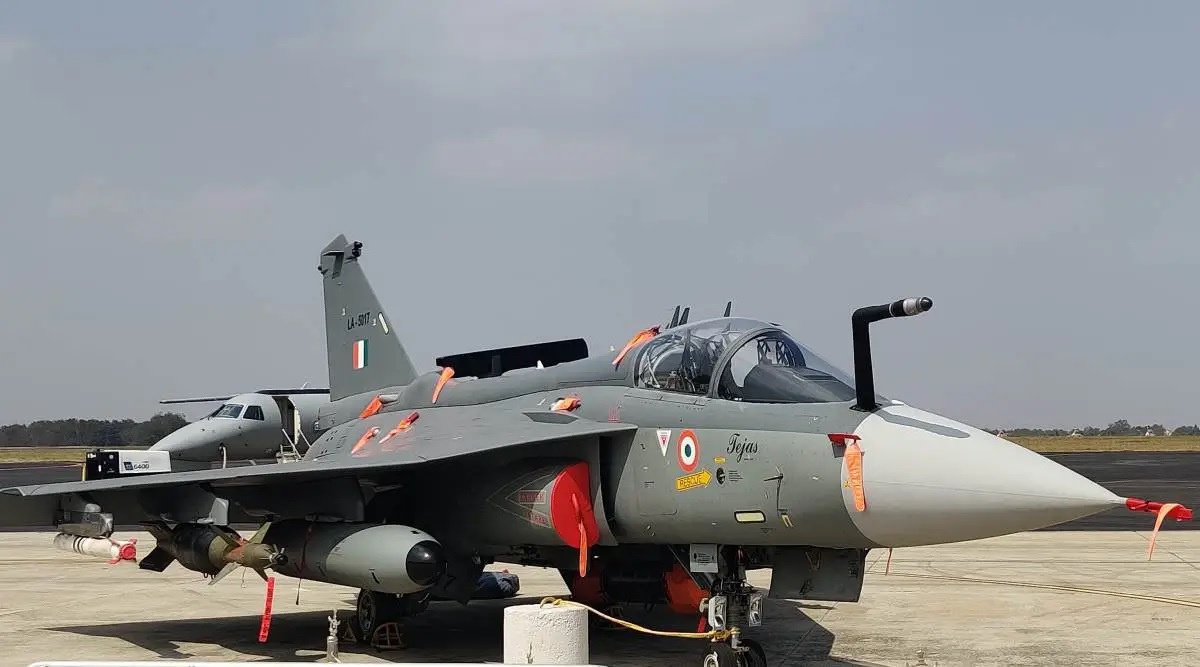China's Mysterious Space Plane Returns After 268 Days in Orbit

In a significant milestone for China's space ambitions, a mysterious reusable space plane returned to Earth on September 6, 2024, after spending an impressive 268 days in orbit. The landing occurred at the Jiuquan Satellite Launch Center, nestled in the remote deserts of northwest China, marking the end of its third mission. The spacecraft had originally launched from the same facility aboard a Long March 2F rocket on December 14, 2023, and remained shrouded in secrecy throughout its time in space.
This mission is a significant step in China’s long-term goal of developing reusable space technologies, but much about the plane’s design, purpose, and capabilities remains classified. The official Chinese state media outlet Xinhua has referred to the project as one that will "pave the way for more convenient and affordable round-trip methods for the peaceful use of space." However, outside of these vague statements, China has not provided further details about the craft’s missions or technological features.
While the exact nature of its tasks in orbit remains unclear, observations made by global satellite trackers indicate that the space plane performed some noteworthy maneuvers. It appears that the craft deployed a small object into orbit, reminiscent of its previous mission when it released a similar object. Jonathan McDowell, an astronomer with the Harvard-Smithsonian Center for Astrophysics, speculated that this object could be either a subsatellite or hardware deployed before the spacecraft’s return to Earth. This kind of activity, particularly the release of an object in orbit, suggests that the space plane has multifaceted capabilities.
Additionally, the space plane carried out what is known as rendezvous and proximity operations (RPO), according to a report from SpaceNews. These operations allow spacecraft to approach and potentially interact with other satellites. Such maneuvers are critical for space missions that involve the repair or maintenance of aging or malfunctioning satellites. They also have significant military implications, as countries, including China, may be developing these techniques to interfere with adversary satellites in the event of space-based conflict. RPO could enable the space plane to either disable or manipulate other satellites without ground intervention, a capability that many global powers are now exploring for potential defense purposes.
Though China has been tight-lipped about the true extent of the space plane's capabilities, comparisons can be drawn to the United States' X-37B, a reusable space plane developed by Boeing that has completed several classified missions. Both the X-37B and China’s space plane are believed to test new technologies and gather intelligence from space, but precise details of these missions remain confidential.
This reusable space plane is a crucial element in China’s broader ambitions for space dominance. It reflects China’s rapid advancements in space technology, with a focus on making space missions more cost-effective and versatile. The ability to launch, retrieve, and reuse spacecraft could make space exploration more sustainable and accessible for China, setting the stage for future developments such as space tourism, satellite deployment, or even lunar exploration.
The return of the space plane after such a long-duration mission raises questions about its performance and any breakthroughs achieved during its time in orbit. While China has been reticent in revealing specifics, the mission's success underscores the country's growing expertise in space exploration, edging closer to its goal of becoming a global space leader.
The mystery surrounding this space plane may be deliberate, but one thing is clear: China's space program is advancing at a rapid pace, and its ambitions are only growing. The lessons learned from this mission may open the door to a new era of space exploration—one where spaceplanes regularly orbit Earth, performing a range of missions that, for now, remain behind the curtain of secrecy.


